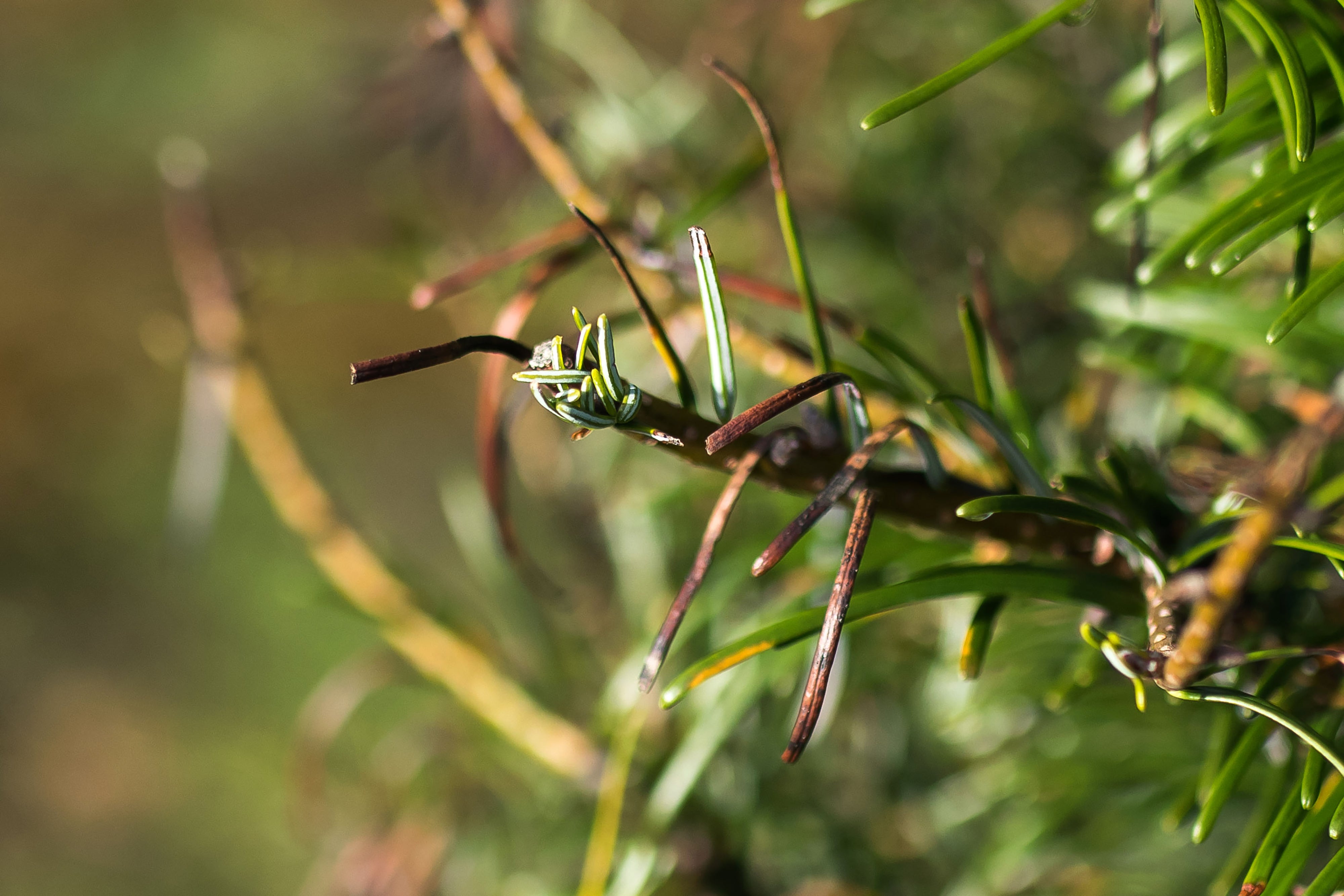Astronomers using the NASA/ESA Hubble Space Telescope have produced a spectacularly detailed image of the spiral galaxy UGC 9391.
This Hubble image shows UGC 9391, a spiral galaxy some 120 million light-years away in the constellation Draco. Image credit: NASA / ESA / Hubble / Riess et al.
UGC 9391 is located approximately 120 million light-years away in the constellation of Draco.
Also known as DDO 193, LEDA 52091 and SDSS J143437.01+592016.1, the galaxy is not a member of any group of galaxies and is moving away from the Milky Way at 1,939 km/s (1,205 miles/s).
“The star-studded spiral arms of UGC 9391 stand in splendid isolation against a backdrop of distant galaxies, which are only visible as indistinct swirls or smudges thanks to their vast distances from Earth,” Hubble astronomers said.
“The image also features some much brighter foreground stars closer to home,” they added.
“These bright nearby stars are ringed with diffraction spikes — prominent spikes caused by light interacting with the inner workings of Hubble’s complicated optics.”
The color image of UGC 9391 is composed of infrared, optical and ultraviolet observations from Hubble’s Wide Field Camera 3 (WFC3).
Four filters were used to sample various wavelengths. The color results from assigning different hues to each monochromatic image associated with an individual filter.
“This image is from a set of Hubble observations which we use to construct the ‘cosmic distance ladder’ — a set of connected measurements allowing the distances to the most distant astronomical objects to be determined,” the researchers said.
“Astronomical distances are only directly measurable for relatively nearby objects — closer than 3,000 light-years or so.”
“For distances beyond this, we rely on a set of measured correlations calibrated against nearby objects.”
“UGC 9391 helped us improve our distance estimates by providing a natural laboratory in which to compare two measuring techniques — supernova explosions and Cepheid variables,” they said.
“Improving the precision of distance measurements helps us quantify how quickly the Universe is expanding — one of Hubble’s key science goals.”
Note: This article have been indexed to our site. We do not claim legitimacy, ownership or copyright of any of the content above. To see the article at original source Click Here












